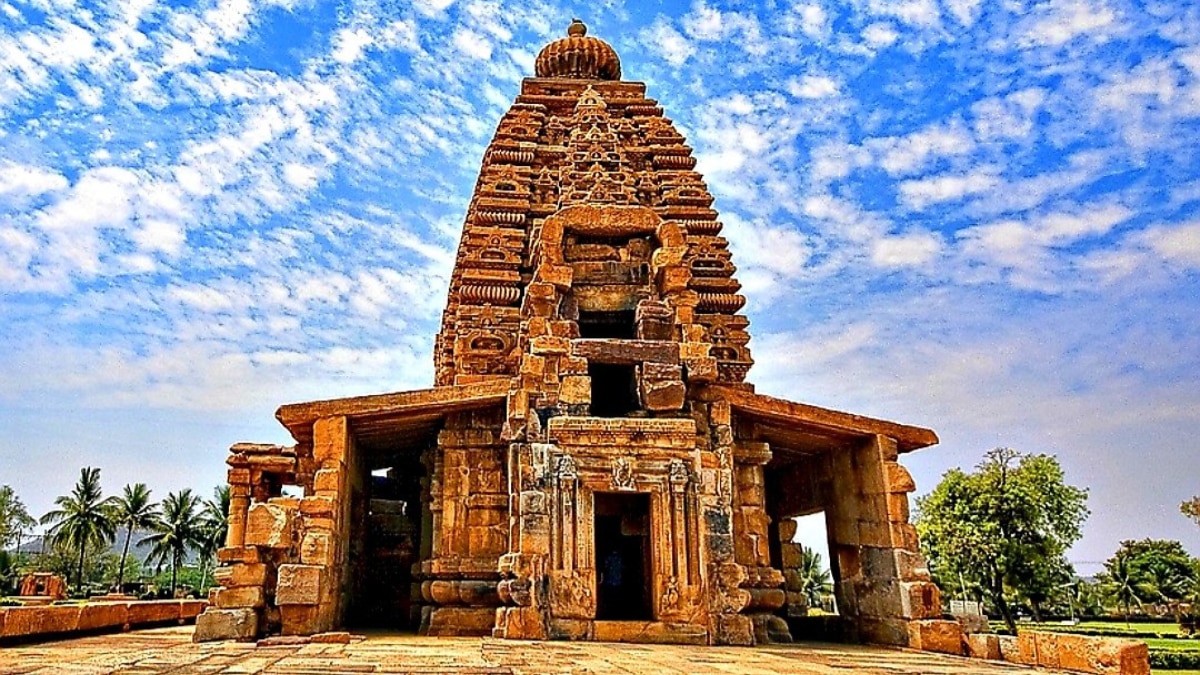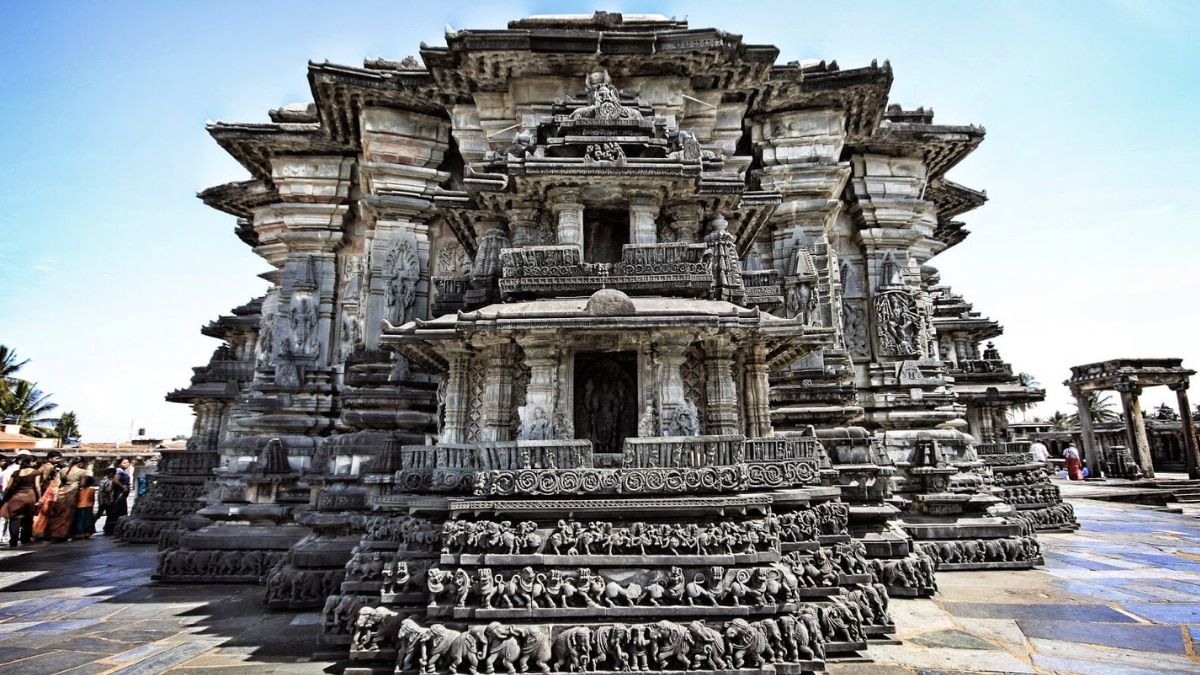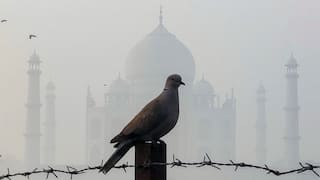Explore South India’s UNESCO World Heritage Sites: From Chola Temples To Mahabalipuram
Uncover the rich history and stunning architecture of South India's UNESCO World Heritage Sites, from ancient temples to beautiful ruins that echo centuries of tradition.

South India is home to a collection of UNESCO World Heritage Sites, each offering a unique insight into the rich cultural and historical heritage of the region. These valuable relics include the Great Living Chola Temples, a trio of magnificient structures built during teh Chola period, and excellent examples of Dravidian architecture. Hampi, once a thriving capital of Vijayanagar Empire, takes visitors back to the days of grand palaces, temples, and markets all set in lush greenery and landscapes of massive boulders.
In Tamil Nadu, the Group of Monuments at Mahabalipuram features ancient stone carved temples, caves, and beautiful sculptures depicting the Pallava dynasty's craftsmanship. The Western Ghats, a biodiversity hotspot along the west coast of India, are home to an astonishing number of rare flora and fauna. South India's UNESCO sites showcases architectural beauty and natural wonders, inviting visitors on a journey through time, culture, and nature.
ALSO READ: Exploring South India: Araku Valley To Visakhapatnam Best Places To Visit In Andhra Pradesh
1. The Great Living Chola Temples, Tamil Nadu
Tamil Nadu's Chola Temples showcase the splendor of the Chola Dynasty and the architectural genius of the Dravidians. Among these is the Brihadeeswarar Temple in Thanjavur, which is popular for its elaborate sculptures and towering vimana. With intricate sculptures, the Gangaikonda Cholapuram Temple and the Airavatesvara Temple in Darasuram exemplify the Chola engineering and artistic skills. These temples, which were constructed between the tenth and twelfth centuries, are architectural wonders that demonstrate the dedication of the Cholas and preserve the religious and cultural legacy of South India. They are still popular tourist destinations and places of worship today.
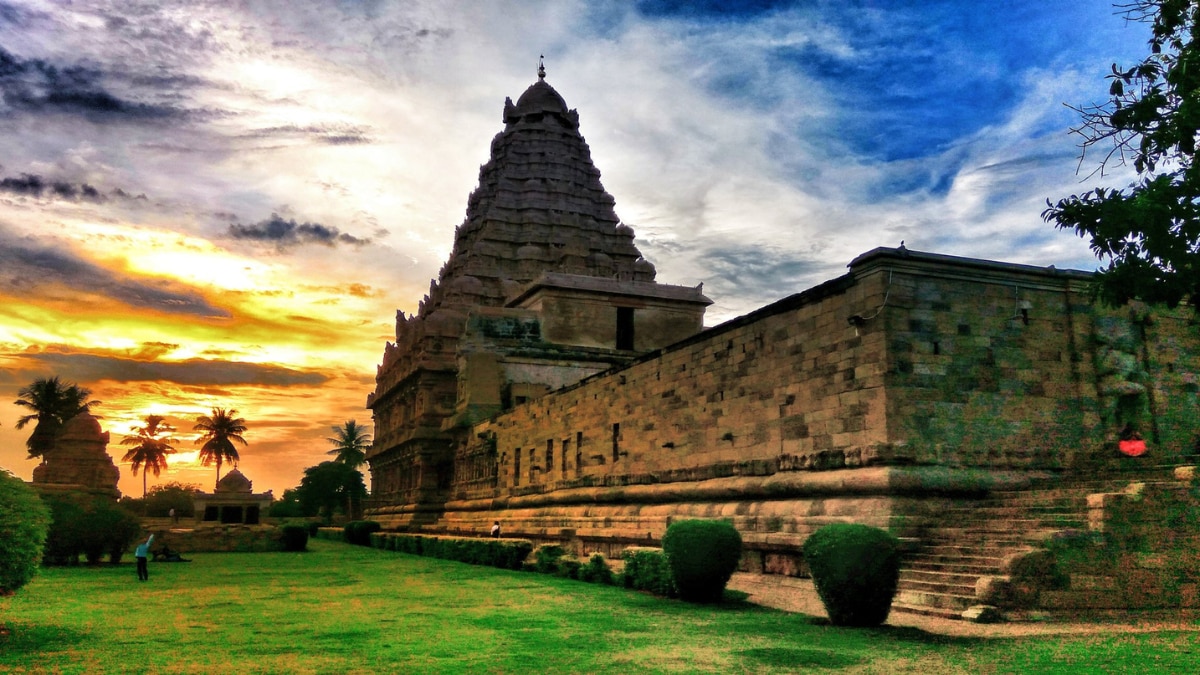
2. Group Of Monuments At Hampi, Karnataka
A unique relic of the Vijayanagar Empire, the Group of Monuments at Hampi, Karnataka, is nestled along the Tungabhadra River. Hampi, a city renowned for its temples, palaces, and marketplaces, has now become a famous tourist destination. The location has iconic structures that exhibit the complex Dravidian architectural style, such as the Lotus Mahal, the Vittala Temple, and the Virupaksha Temple. Hampi offers a glimpse into the empire's wealth, religious devotion, and architectural brilliance, making it one of India's most treasured heritage locations.
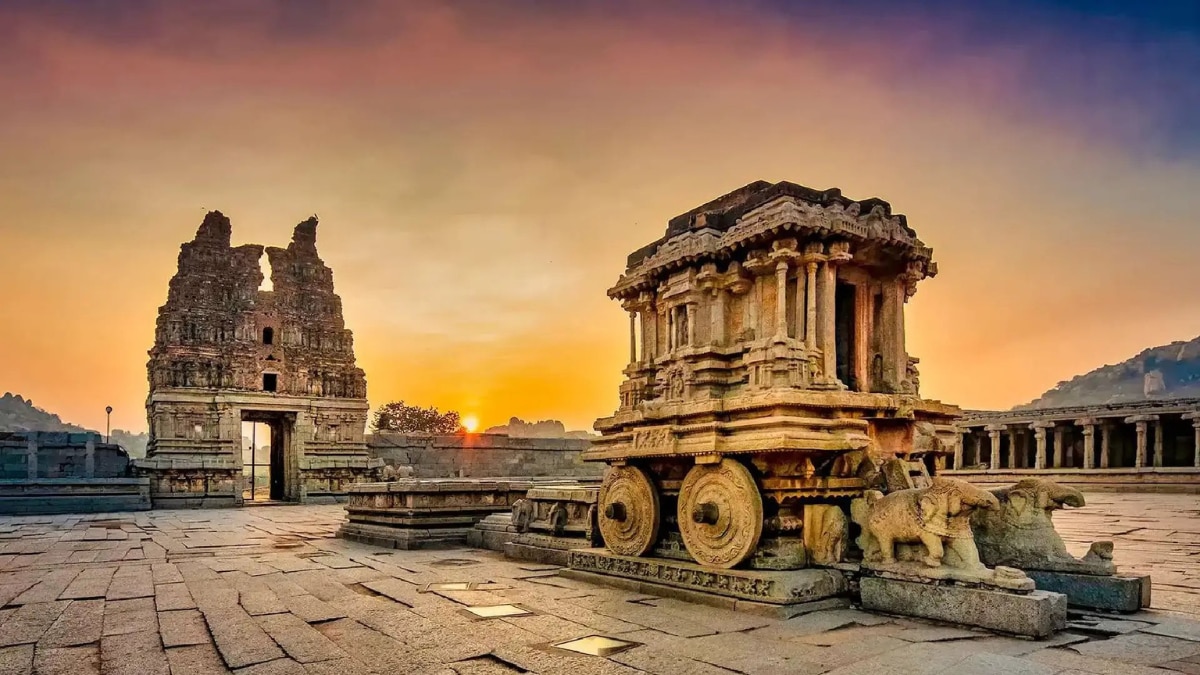
3. The Group Of Monuments At Mahabalipuram, Tamil Nadu
This destination is well known for its magnificient rock cut temples and sculptures that were created by the Pallavas in the seventh and eighth century.The historic site has the beautiful Shore Temple overlooking the Bay of Bengal, the pancha Rathas with unique Dravidian architecture, and numerous intricately carved cave temples depicting Hindu mythology. For those interested in history and culture, Mahabalipuram is an intriguing destination because of its monolithic buildings and bas-reliefs, such as the enormous "Descent of the Ganges" carving, which display early Tamil creativity and architectural genius.
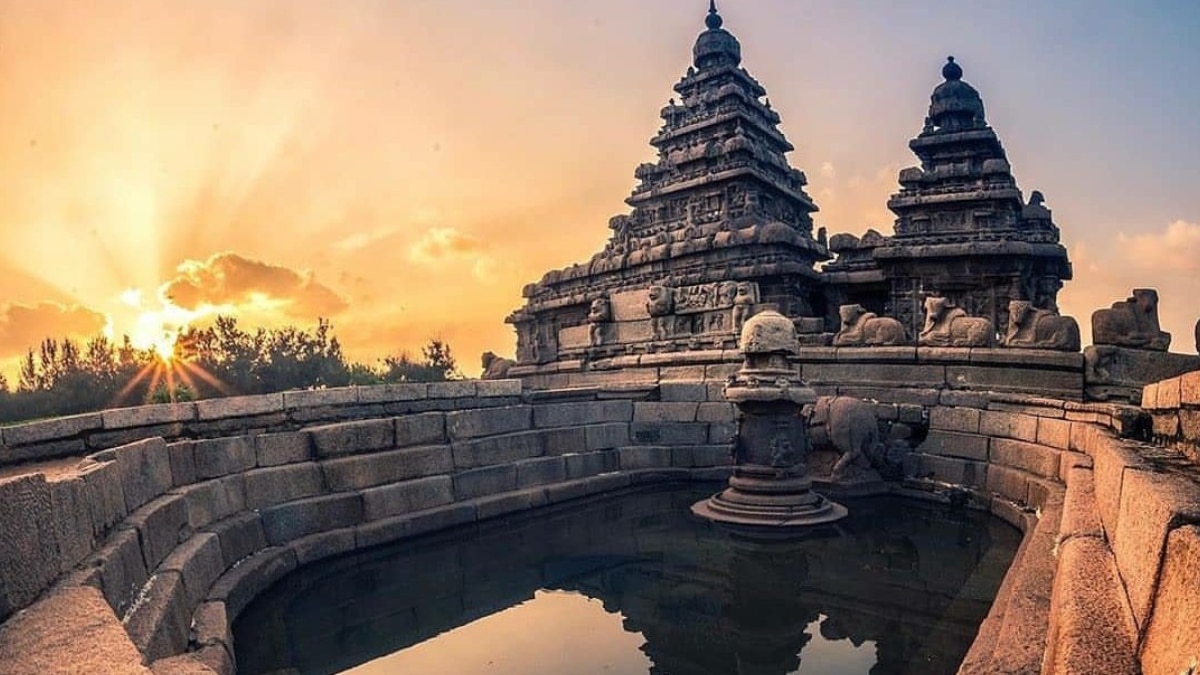
4. Western Ghats
The Western Ghats are a mountain range that stretches along the western coast of India and is well known for its diverse habitats and abundant wildlife. It's home to over 7,000 species of plants, 139 mammals, and 508 birds, with numerous endemic and endangered species like the Nilgiri tahr and lion tailed macaque. Famous for biodiversity hotspots like Silent Valley and Periyar, the Western Ghats is crucial for ecological balance and conservation efforts in India.
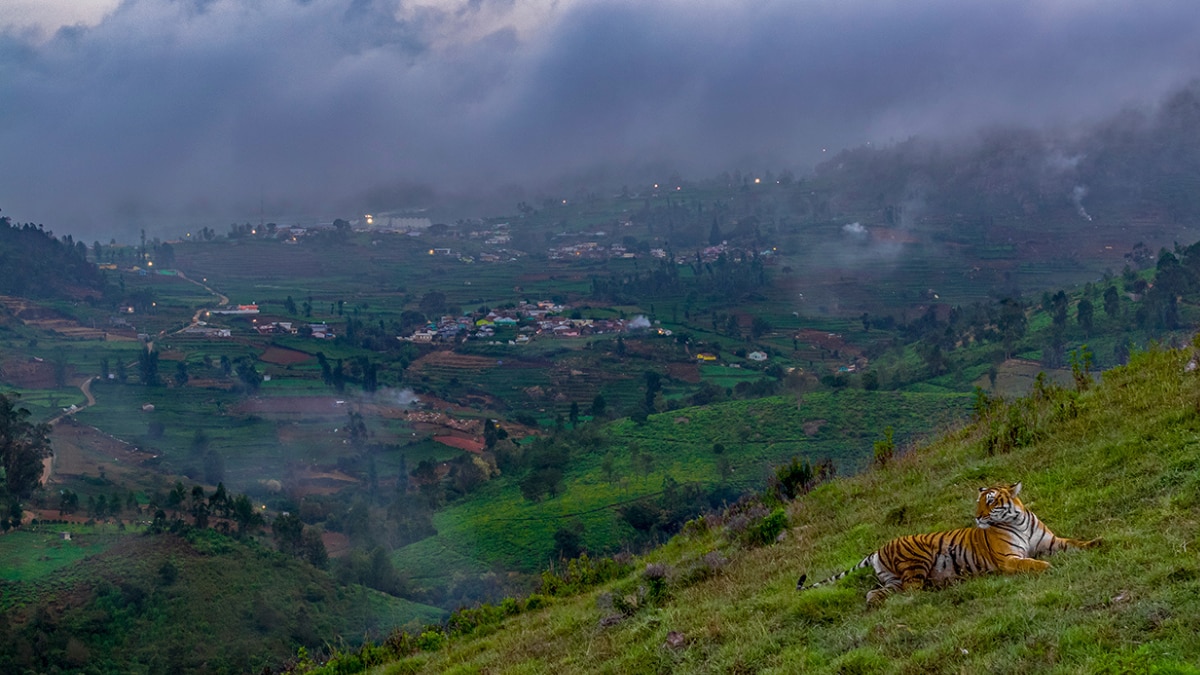
5. Pattadakal, Karnataka






